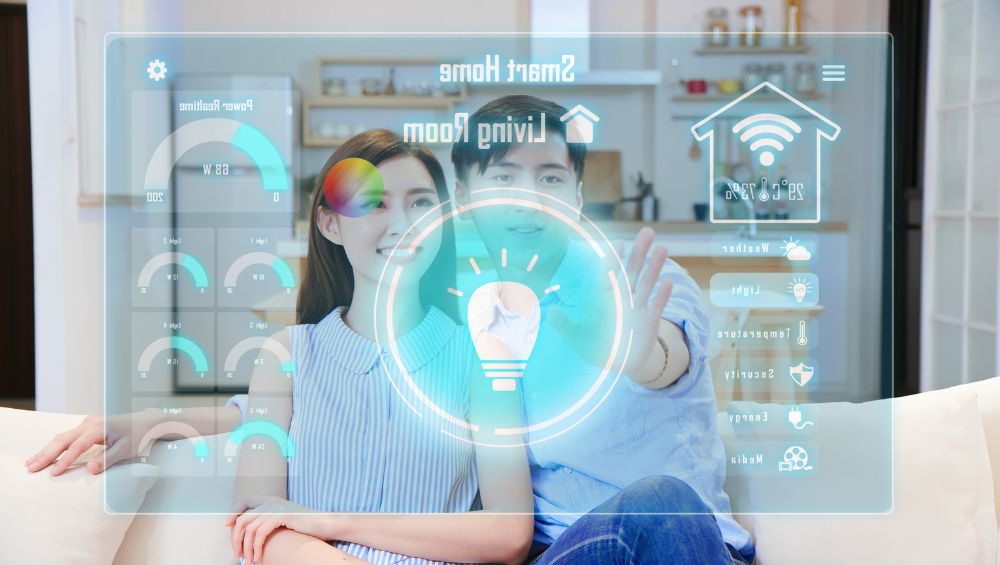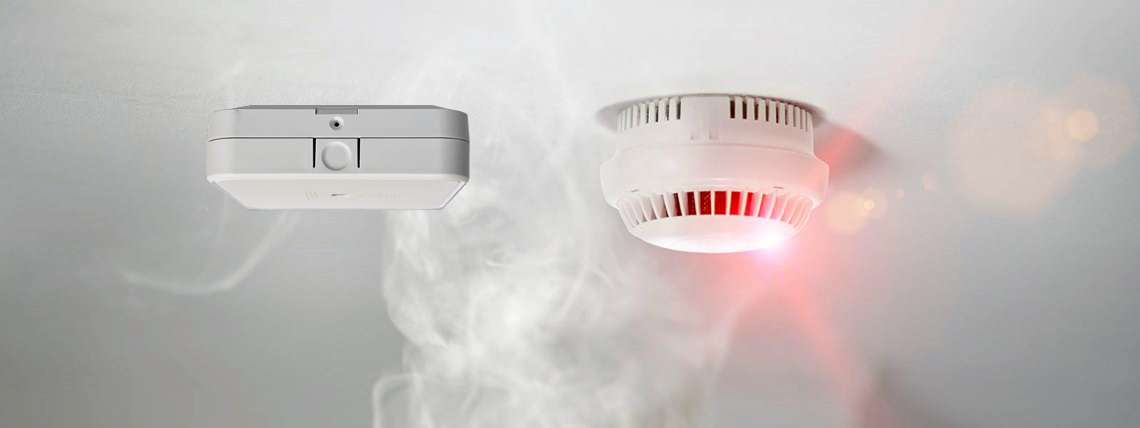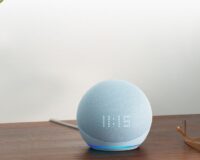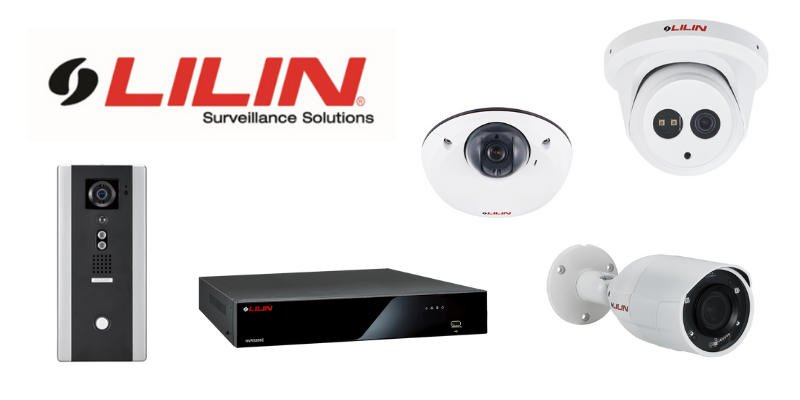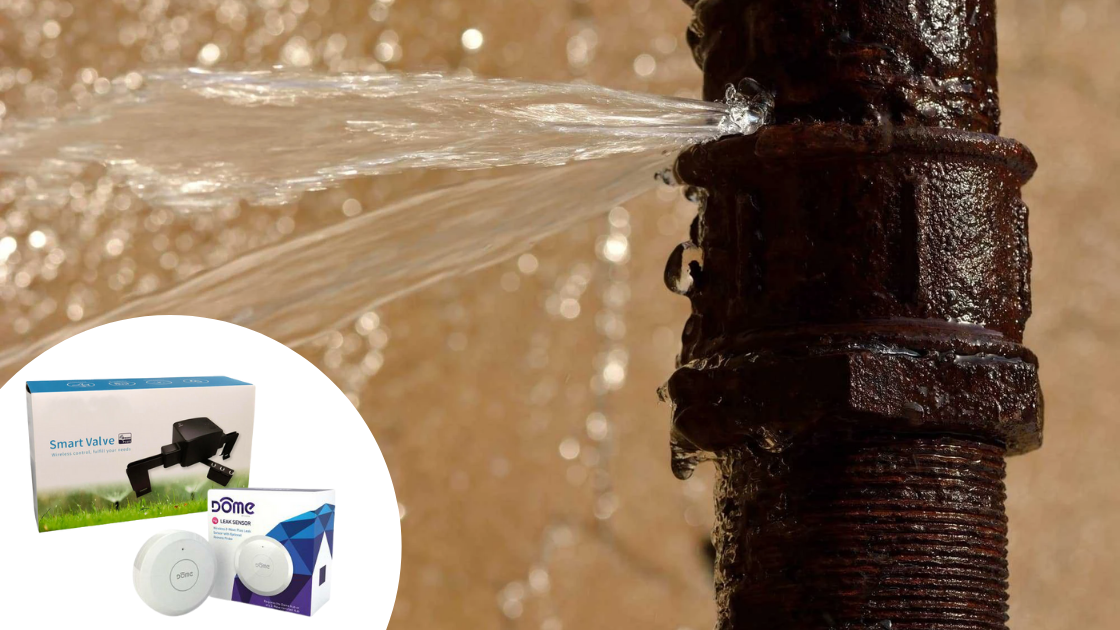In today’s digital age, smart technology has become an integral part of our daily lives. From smartphones and smart speakers to smart thermostats and lighting systems, we are surrounded by devices that make our lives more convenient and efficient. However, not all of our appliances are born smart. Many of us still have “dumb” appliances that lack connectivity and automation features. But the good news is that you can convert these conventional appliances into smart ones, adding a touch of modern technology to your home.
This article will provide you with a comprehensive guide on how to convert your dumb appliances into smart ones, giving you the ability to control them remotely, save energy, and streamline your daily routines.
Understanding the Basics of Smart Home Technology
Before diving into the process of converting your conventional appliances into smart ones, it’s essential to understand the basics of smart home technology.
What Are Smart Appliances?
Smart appliances are conventional household devices that have been enhanced with connectivity and automation features. These features allow you to control and monitor your appliances remotely, usually through a smartphone app, voice commands, or other smart devices. Smart appliances can include thermostats, lighting systems, security cameras, locks, and even kitchen appliances like refrigerators and ovens.
The Benefits of Smart Appliances
The adoption of smart appliances offers numerous advantages to homeowners, including:
- Convenience: You can control your appliances remotely, making it easy to turn them on or off from anywhere, adjust settings, and create schedules.
- Energy Efficiency: Smart appliances can help you save on energy costs by optimizing usage and reducing wastage.
- Improved Security: Smart locks, cameras, and alarm systems enhance your home’s security and provide peace of mind.
- Customization: You can tailor your appliances to your specific preferences and routines, creating a personalized living environment.
- Integration: Smart appliances can be integrated into a larger smart home ecosystem, allowing you to control multiple devices from a single interface.
Read more: Smart Home Features That Are a Must-Have for Every Room
Compatibility and Ecosystems
One of the essential aspects of adopting smart home technology is ensuring that your devices are compatible with each other. Many smart appliances are designed to work within specific ecosystems or platforms, such as Apple’s HomeKit, Google Assistant, or Amazon Alexa. These ecosystems allow you to centralize control and management, making it more convenient to operate your smart devices.
The Different Approaches to Smartening Your Appliances
There are several ways to convert your dumb appliances into smart ones. The method you choose depends on the appliance and your specific requirements. Here are some of the common approaches:
Smart Plugs
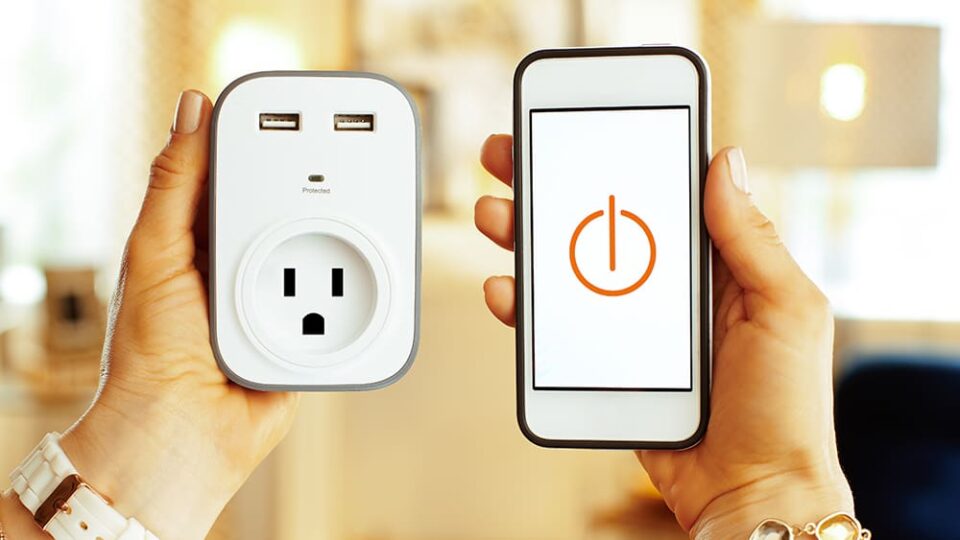
Smart plugs are simple devices that you can plug into your existing electrical outlets. You then connect your conventional appliances to these smart plugs, effectively giving them smart functionality. Smart plugs are a cost-effective and straightforward way to make appliances like lamps, fans, and coffee makers remotely controllable.
Smart Bulbs and Lighting Systems
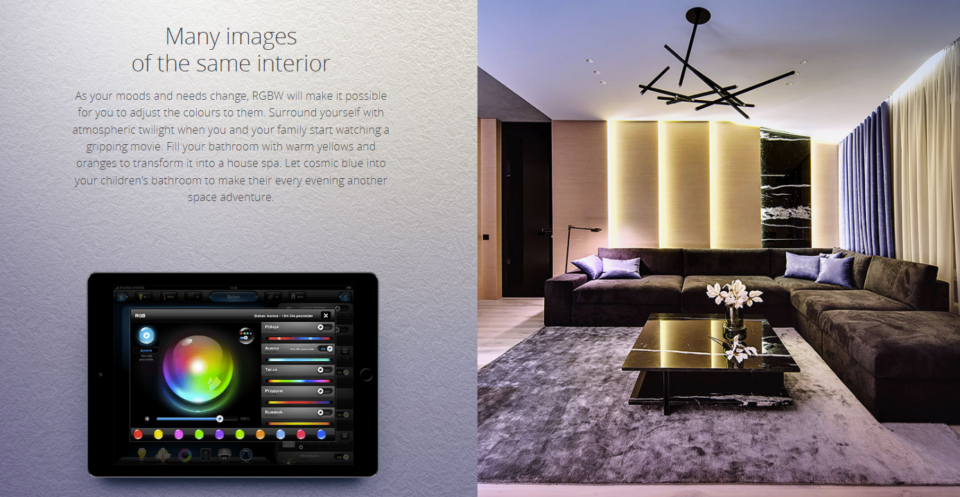
If you’re interested in making your lighting system smart, you can replace your traditional light bulbs with smart bulbs or invest in a smart lighting system. Smart bulbs can be controlled through smartphone apps or voice commands and often offer features like dimming, color-changing, and scheduling.
Read more: Should my home have motion sensor lights?
Smart Thermostats
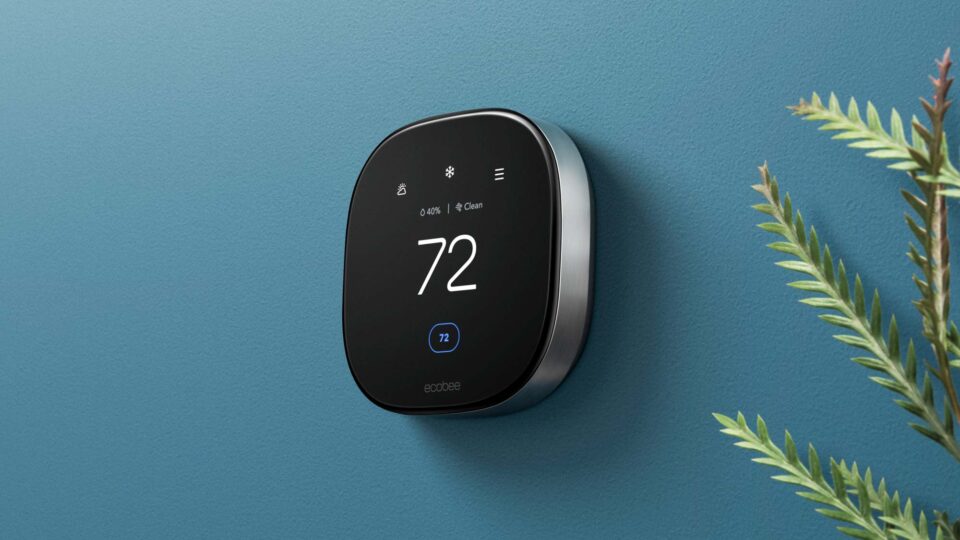
Smart thermostats are designed to control your heating and cooling systems, optimizing energy usage and maintaining a comfortable indoor environment. They can be programmed, controlled remotely, and even adapt to your preferences and schedule.
Smart Hub Systems
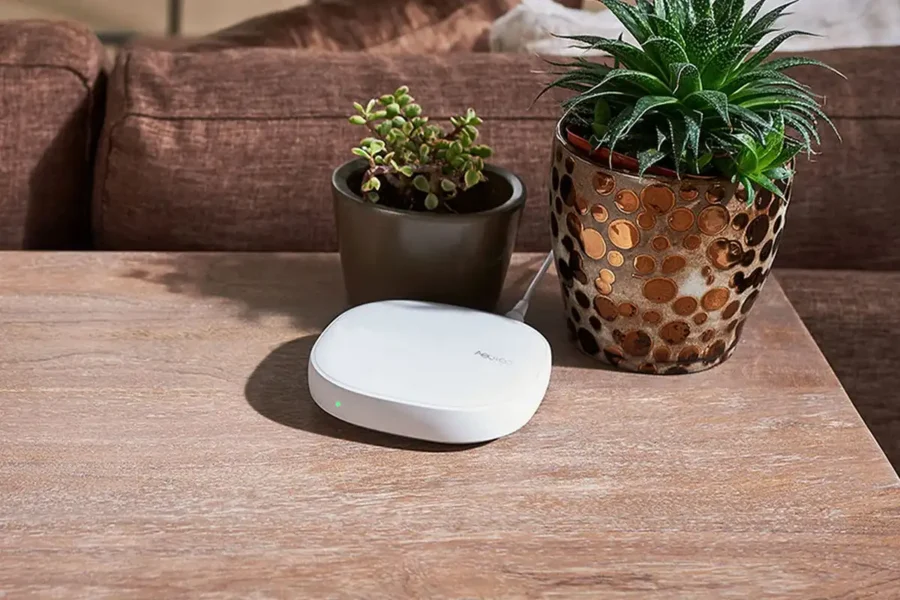
Smart hubs act as central control units for your smart home devices. They can connect to a wide range of appliances and offer a single interface for managing them. Examples include the Samsung SmartThings hub and the Amazon Echo Plus.
Retrofitting or DIY Solutions
For those with a DIY spirit, you can explore retrofitting options to add smart capabilities to your appliances. This may involve modifying the appliance or creating custom solutions using microcontrollers like Raspberry Pi or Arduino. While more advanced, this approach offers the most flexibility for customization.
Read more: The Complete Manual for Configuring Your Smart Home
Step-by-Step Guide to Converting Dumb Appliances into Smart Ones
Now that you have an overview of the different approaches, let’s dive into the step-by-step process of converting your dumb appliances into smart ones.
Step 1: Choose Your Appliance
Start by identifying which appliance you want to make smart. Common choices include lamps, coffee makers, air conditioners, and even older televisions. Keep in mind that some appliances, like refrigerators and ovens, may require more advanced retrofitting.
Step 2: Research Compatibility
Before purchasing any smart device, research its compatibility with your existing smart home ecosystem. Make sure it works with your smartphone’s operating system (iOS or Android) and any other smart devices you may already have.
Step 3: Acquire the Necessary Hardware
Once you’ve chosen your appliance and ensured compatibility, acquire the necessary hardware. This may involve purchasing smart plugs, bulbs, or thermostats, or even components like microcontrollers and sensors if you’re going the DIY route.
Step 4: Set Up and Configure Your Smart Device
Follow the manufacturer’s instructions to set up and configure your smart device. This typically involves connecting the device to your Wi-Fi network, installing the companion app on your smartphone, and creating an account. In the app, you can control your appliance’s settings, create schedules, and connect it to voice assistants like Alexa or Google Assistant.
Step 5: Test and Troubleshoot
After setting up your smart appliance, test it to ensure it functions as expected. You should be able to turn it on and off remotely, adjust settings, and, if applicable, create schedules. If you encounter any issues, consult the user manual, check for firmware updates, or contact the manufacturer’s support.
Real-Life Applications and Case Studies
Let’s explore some real-life applications of converting dumb appliances into smart ones with a few case studies.
Smartening the Kitchen: A Case Study
Imagine a kitchen with a traditional coffee maker. By installing a smart plug, you can schedule your coffee maker to start brewing just before you wake up. With a smart voice assistant like Google Home, you can even say, “Hey Google, start brewing my coffee,” and have a fresh cup waiting for you. This simple addition adds convenience to your morning routine.
Making the Living Room Smarter
In your living room, a traditional lamp can become a smart lighting solution with the addition of a smart bulb. You can dim the light, change its color to match your mood, and create schedules for turning it on and off. You can also integrate it with your TV or audio system, allowing you to create a cinematic atmosphere with a simple voice command.
Transforming the Bedroom
Your bedroom can benefit from smart technology too. A smart plug can be used to control a fan or air purifier, ensuring a comfortable and clean sleeping environment. You can program it to turn off automatically when you’re not in the room or adjust the fan speed with voice commands.
Security and Privacy Concerns
While smart home technology offers numerous benefits, it’s essential to address security and privacy concerns. Here are some best practices to protect your smart home:
- Secure Your Wi-Fi Network: Use strong, unique passwords for your Wi-Fi network and smart devices. Enable network encryption and change default login credentials.
- Regularly Update Firmware: Keep your smart devices up to date with the latest firmware and software updates to patch security vulnerabilities.
- Use Two-Factor Authentication: Whenever possible, enable two-factor authentication for your smart home accounts.
- Control Permissions: Review the permissions and access your smart devices and apps have. Limit unnecessary access to your personal data.
- Disable Unnecessary Features: If a smart device offers features you don’t need, disable them to reduce potential security risks.
- Secure Your Voice Assistant: Secure your voice assistant with a unique wake word and consider turning off voice purchasing to prevent accidental or unauthorized purchases.
- Monitor Device Activity: Regularly check the activity logs of your smart devices to ensure there are no unauthorized accesses.
Conclusion: The Future of Smart Homes
Converting your dumb appliances into smart ones is an accessible way to embrace the future of smart home technology. Whether you start with a single device or embark on a complete smart home transformation, the benefits of convenience, energy efficiency, and customization are well worth the effort.
As technology continues to advance, the possibilities for smart homes will only expand. More appliances will come equipped with built-in smart features, and ecosystems will become increasingly interconnected. As we move forward, it’s crucial to stay informed about the latest developments in the smart home industry and to prioritize security and privacy to ensure a safe and convenient smart home experience.
In conclusion, the journey to convert your dumb appliances into smart ones may begin with a single device, but it can lead to a more connected and convenient home. With careful planning, compatibility considerations, and attention to security, you can embark on a journey to make your home smarter, more efficient, and tailored to your unique preferences.

